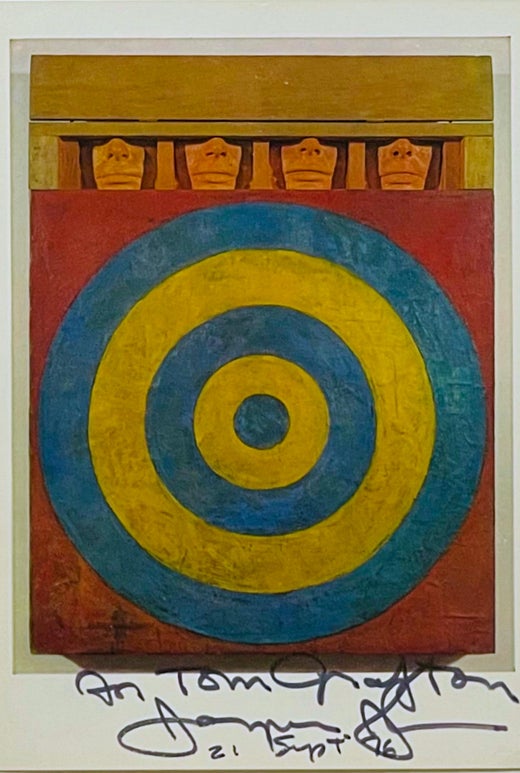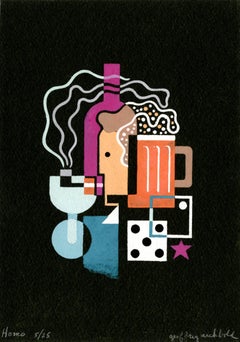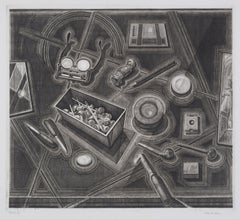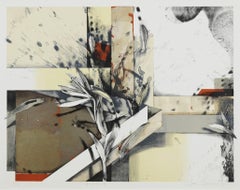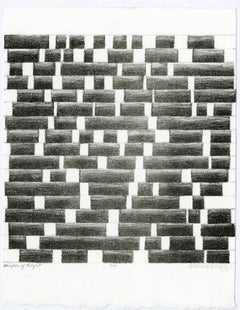Jasper JohnsTwo Flags (Whitney Anniversary)1980
1980
About the Item
- Creator:Jasper Johns (1930, American)
- Creation Year:1980
- Dimensions:Height: 43.13 in (109.56 cm)Width: 28.19 in (71.61 cm)
- Medium:
- Movement & Style:
- Period:
- Condition:
- Gallery Location:Fairlawn, OH
- Reference Number:Seller: FA65921stDibs: LU14011181402
Jasper Johns
Jasper Johns is an American painter, sculptor and printmaker born on May 15, 1930. He eventually became one of America's best known post–Abstract Expressionists and Minimalists.
Johns's name is most often associated with pictorial images of flags and numbers and Pop art subjects that he depicted in Minimalist style with an emphasis on linearity, repetition and symmetry. He completed his first flag painting in 1955, alphabet subjects in 1956, sculpture in 1958 and lithographs in 1960.
Find original Jasper Johns art on 1stDibs.
You May Also Like
1970s American Modern Landscape Prints
Offset
1920s American Modern Abstract Prints
Lithograph
1950s American Modern Landscape Prints
Lithograph
1910s American Modern Still-life Prints
Lithograph
1940s American Modern Still-life Prints
Lithograph
1910s American Modern Still-life Prints
Lithograph
1920s American Modern Still-life Prints
Lithograph
1920s American Modern Still-life Prints
Lithograph
1990s American Modern Animal Prints
Lithograph
1960s American Modern Still-life Prints
Paper, Lithograph
More From This Seller
View All1920s American Modern Still-life Prints
Screen
1970s American Modern Still-life Prints
Engraving
Mid-20th Century Abstract Still-life Prints
Lithograph
2010s Contemporary Still-life Prints
Lithograph
1980s American Realist Still-life Prints
Lithograph
1970s American Realist Still-life Prints
Lithograph
Still Thinking About These?
All Recently ViewedRead More
Why Jasper Johns Is So Much More Than a Maker of Aloof Pop Art
A retrospective spanning two major East Coast museums demonstrates Johns’s massive role in contemporary art history. © 2021 Jasper Johns / Licensed by VAGA at Artists Rights Society (ARS), NY. Philadelphia Museum of Art Photo Studio; Joseph Hu
Welcome (Back) to the Wild, Wonderful World of Walasse Ting
Americans are rediscovering the globe-trotting painter and poet, who was connected to all sorts of art movements across a long and varied career.
